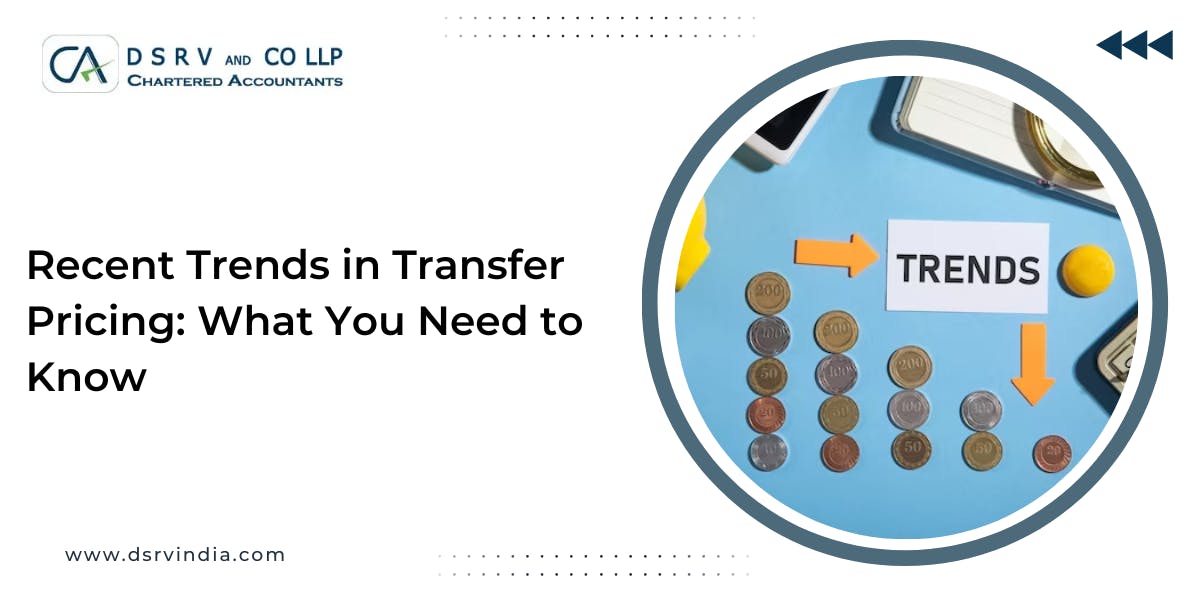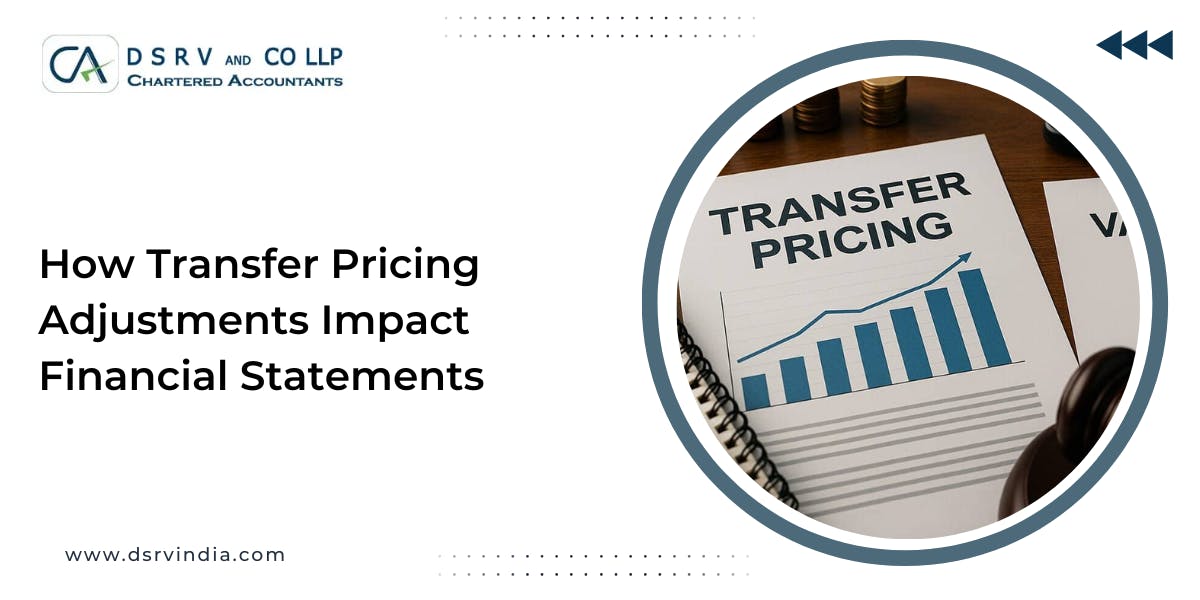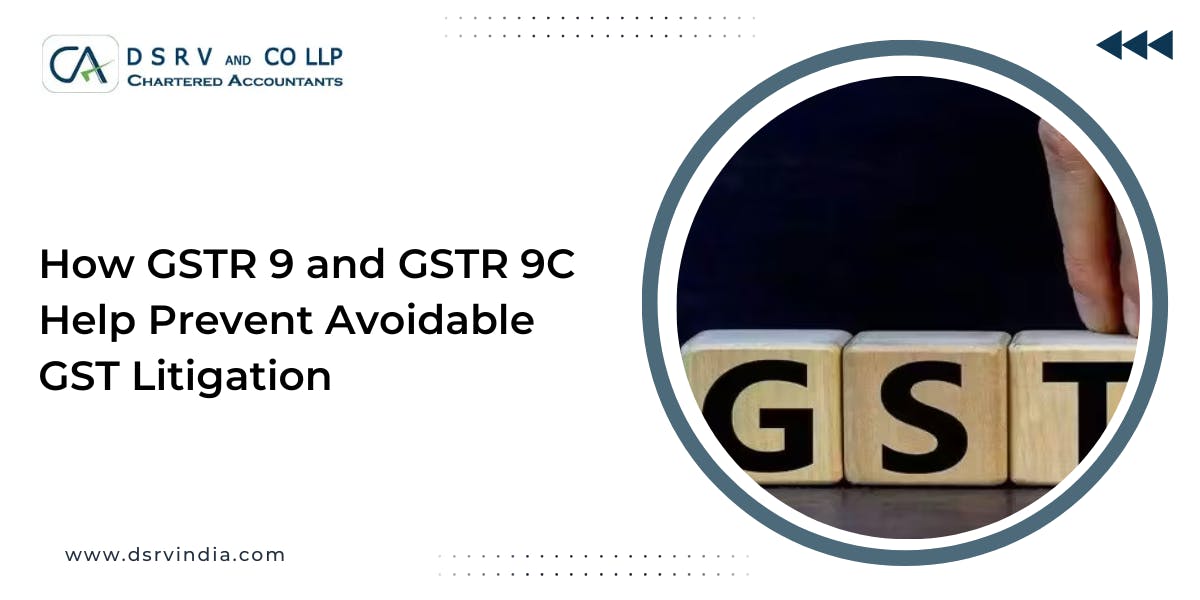The Ever-Evolving Landscape Of Transfer Pricing
Transfer pricing refers to the transfer of intangible products, goods, and services within a company's different departments. It is also known as the pricing transactions between multinational corporations under common ownership.
Thus, if you have a business setup in India. Then, you must transfer goods and services through one of the five methods of transfer pricing in the country. That is -
- The Resale Pricing Method
- The Comparable Uncontrolled Pricing Method (CUP)
- Cost Plus Method (CPM)
- Profit Split Method (PSM)
- Transactional Net Margin Method (NTMM), and other methods.
However, the recent changes in transfer pricing trends due to commercial globalization and base erosion and profit sharing initiative of the Organization for Economic Cooperation and Development (OECD) have accelerated. Thus, if you own a multinational enterprise then you must go through the latest transfer pricing trends. Which can help you skip the transfer pricing study reporttransfer pricing study report mistakes.
Being one of the top chartered accountant firms in Gurgaon. We are here to help you with advanced pricing agreements for dispute resolution and regulating compliance.
Recommended: Find Out The Common Errors in TP Study Reports You Can't Afford to Overlook
Let's Explore The New World Of Transfer Pricing Trends!
Our financial experts are always here to guide you through several emerging transfer pricing trends across India and cross-border. So, take a look at them -
1. Profit Shifting Towards Stricter Regulations
Against the backdrop of emerging trends in transfer pricing. Many governments and taxation authorities are paying attention to base erosion and profit shifting (BEPs). As the OECD is spreading efforts through the BEPs initiatives. To address multinational strategies to avoid taxation.
As a result, the transfer pricing (TP) rules and regulations have been tightened in many jurisdictions.
2. Substance Emphasis Over Form
The recent trends in TP show a shift in aligning the substance of value creation and economic activities with the outcomes of transfer pricing. Thus, tax authorities are putting greater emphasis on the reality of economic transactions. Rather than the legal-bound structures of entities.
This approach highlights that profits are allocated appropriately with the value provided by each entity of multinationals.
3. Technology And Automation
As more and more businesses are automating their business processes by automating their company functioning. There is a significant surge in technological demand for transfer pricing as well. To gain more in-depth insights into intercompany transactions and value chains created by MNE groups, the use of data analytics across businesses is increasing presently.
Thus, with all the accurate data you can follow your company's transactions, benchmark data and audit the tax positions. So, you can expect your firm's ERP system or automation software to reduce the man load and install solutions for data and record efficiency.
4. Digitalization With Artificial Intelligence
Technology is solving even complex problems within minutes, isn't it?
Similarly, in the transfer pricing scenario, businesses are looking forward to tapping their pricing policies. To create and capture value in the digital economic realm. The digital Transfer Price platforms are reflecting focus more on the digital assets, intangible goods, and data in the TP analysis to provide consistency in pricing data.
Thus, by using TP tools and the power of AI, you may create a global TP approach. That is consistent in collecting, analyzing, and producing data to streamline tasks and mitigate risk compliance.
Read Also: Understanding The Significance Of Transfer Pricing Documentation In India
5. Value Creation
Tax authorities across the globe are intensifying the scrutiny on how multinational enterprises (MNEs) distribute profits in various jurisdiction regions. This also includes honing on the values that MNEs attribute within their organization.
As a result, this heightens the shift toward the employment of profit split methods and other approaches. Considering the various assets and activities of value generation. Moreover, the growing inclination of global MNEs to centralize transfer pricing is minimizing the risks of tax compliances and disputes, by providing consistency throughout jurisdictions.
6. TP Risk Management
The ever-evolving landscape of transfer pricing trends is becoming complex at present. With new regulations and law implementations. Businesses around the globe are implementing the TP risk management model. Which includes documentation, conducting needful reviews, and preparing themselves against audit checks to defend.
On the other side, government bodies are also focusing on tax transparency to mitigate transfer pricing disputes. Which makes it difficult for taxpayers to hide profit incomes from taxation authorities. This leads to creating an urgent focus on cross-border pricing litigations as taxation bodies are combatting avoidance of tax across the globe.
7. Implementation Of APAs And MAPs
Are you facing disputes in the transfer pricing of your company?
Well, both Advance Pricing Agreements (APAs) and Mutual Agreement Procedures (MAPs) are two great tools that resolve disputes in TP. Where APAs stand as an agreement between tax authorities and a business to set out future transfer pricing transactions. MAPs rule out assessing and challenging TPs made by taxation bodies.
While, the use of these two transfer pricing tools can help you avoid TP disputes. The implementation of these tools is a bit challenging with a need for transfer pricing professionals guidance.
8. Pillar Two Solution
Pillar Two, under the OECD framework, is a solution that addresses various challenges in the realm of the digital economy. As far as 140+ countries have taken up the decision to adopt Pillar Two into global legislation showing that MNEs have to pay a least of 15% tax rate on revenues under the Effective Tax Rate (ETR).
The Pillar Two rule is set to become effective in 2024, where businesses and MNEs need to be more transparent about their TP policies. Apart from that, they also need to make changes if the need arises in their organizational structure to adhere to the GloBE rules.
Read More: The Insider Tips For Foreign Companies To Start A Business In India
Conclusion
To conclude, staying informed about the latest transfer pricing trends can help you navigate taxation complexities internationally. By addressing regulatory changes, and compliances, and implementing robust strategies, your business can optimize and mitigate potential TP risks.
However, if you feel overwhelmed with the new trends of the TP world. Then feel free to talk with our tax experts at DSRV India to guide you step by step.






